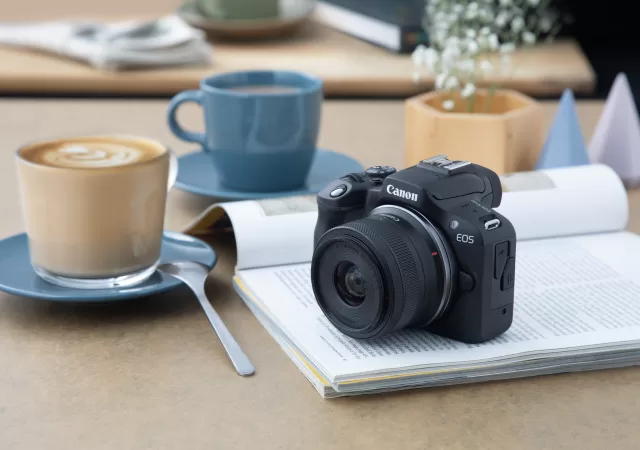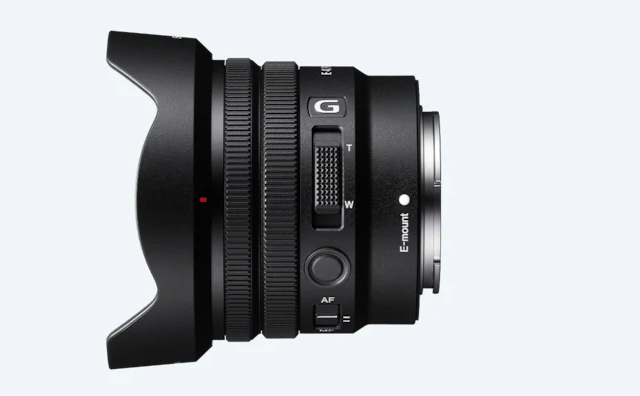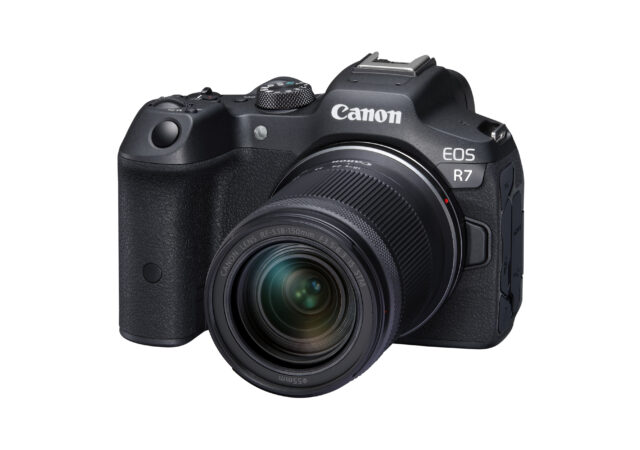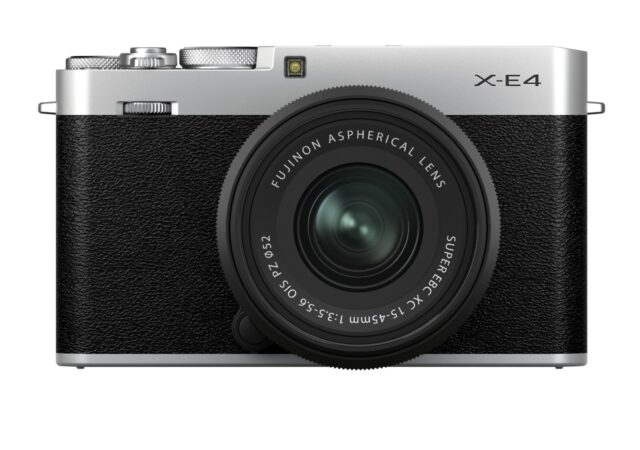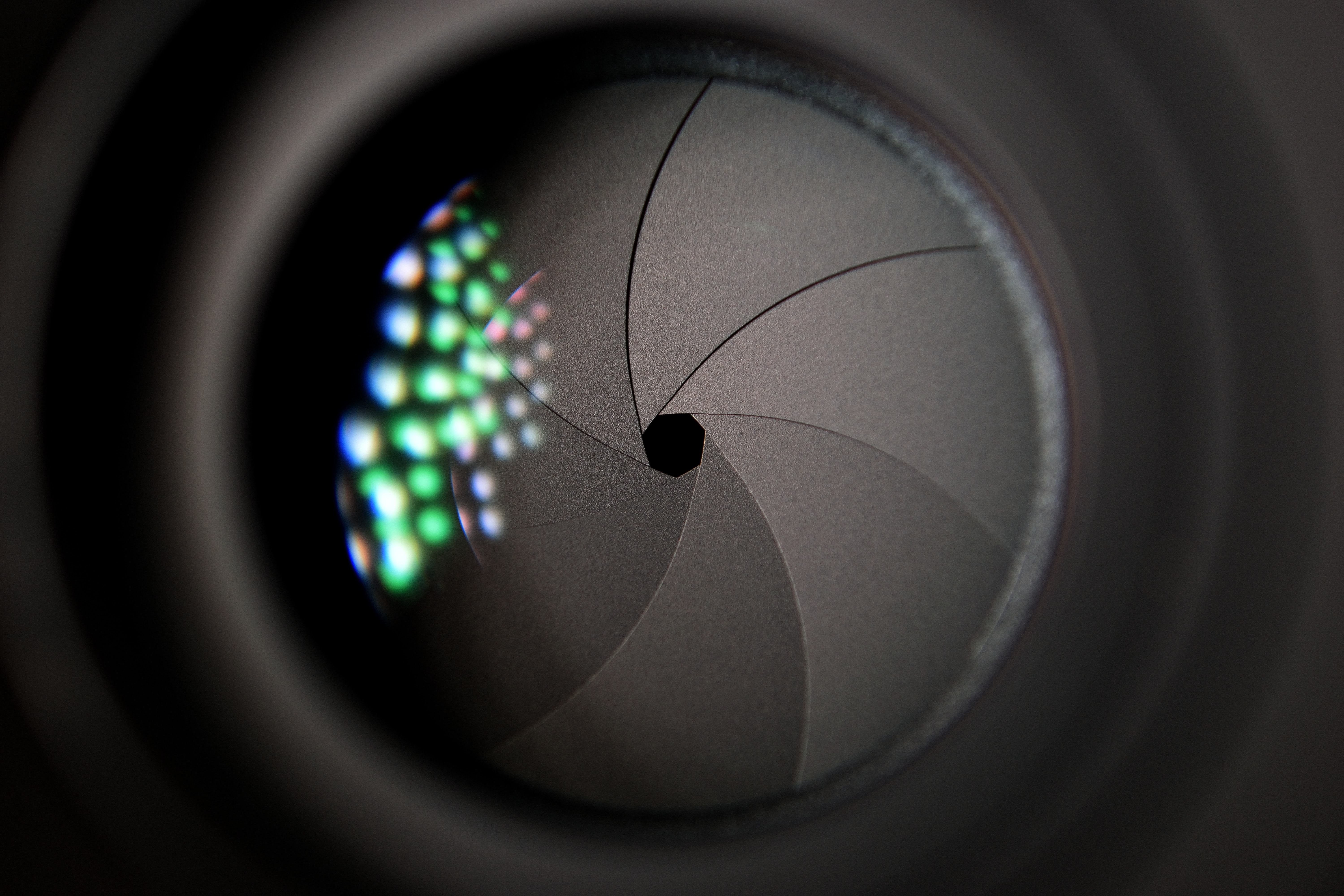Canon releases their latest EOS R100, their most affordable and compact EOS R mirrorless camera to date at MYR 2,379.
Fujifilm Releases the new X-H2 with 40.2MP on Tap and up to 8K 30fps Internal Recording
Fujifilm releases the most advanced APS-C camera ever in their stables, the X-H2 offers 40.2MP and up to 8K video recording capabilities.
Sony Announces New Lenses for Their APS-C Mirrorless Cameras
Sony announces three new E-mount wide-angle lenses specifically for the APS-C format sensor perfect for landscape photography and vlogging.
Canon EOS R Mirrorless Gets Smaller with new APS-C Sensors and RF-S Lenses
Canon launches their new EOS R7 and EOS R10, the latest APS-C mirrorless cameras with new RF-S kit lenses.
FUJIFILM X-E4 Launches in Malaysia, Available Late February 2021 Onward
FUJIFILM launches the new X-series X-E4 compact mirrorless camera in Malaysia. Available February 2021 onward.
Photography is the Word – The Case of Replacing Your Camera with Smartphones; Should You?
Photography is a wonderful thing. Everyone loves a good photo. A good photo can be shared with the world to convey stories, to eternalise important moments, to remember. It allows you to see the world or environment as someone else…



